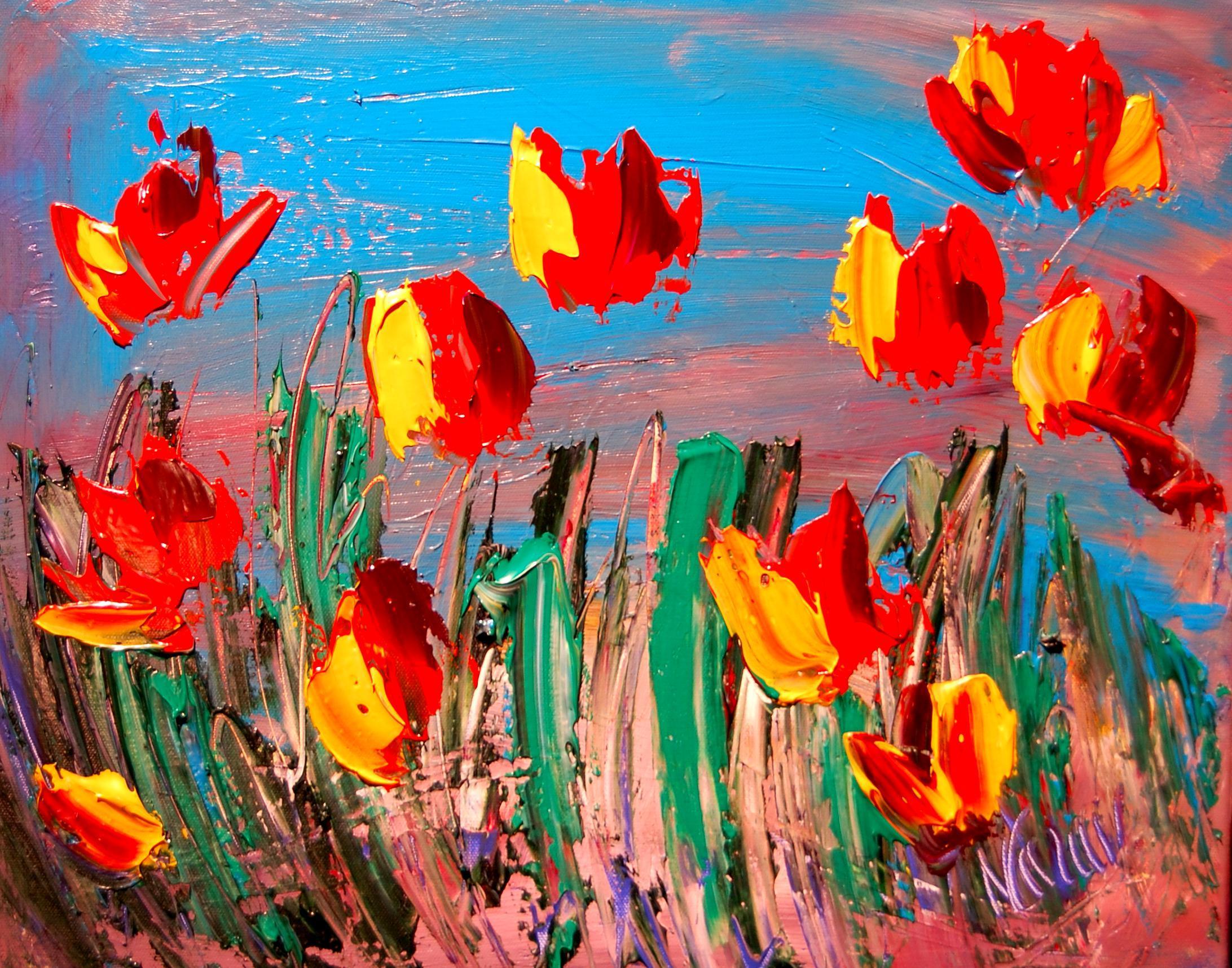Art History Presentation
| Introduction to Art History | ||
|---|---|---|
| Art history is the study of artistic movements, styles, and techniques throughout different periods of time. It explores the evolution of art and its impact on society and culture. Understanding art history helps us appreciate and interpret artworks in a meaningful way. | ||
| 1 | ||
| Prehistoric and Ancient Art | ||
|---|---|---|
| Prehistoric art includes cave paintings, sculptures, and carvings created by early humans. Ancient Egyptian art focused on religious and funerary themes, characterized by hieroglyphics and monumental architecture. Greek and Roman art emphasized idealized human figures, architectural achievements, and mythological narratives. | ||
| 2 | ||
| Medieval and Renaissance Art | ||
|---|---|---|
| Medieval art was predominantly religious, featuring icons, illuminated manuscripts, and stained glass windows. Renaissance art marked a shift towards humanism, with a focus on perspective, anatomy, and realistic portrayal of subjects. Famous Renaissance artists include Leonardo da Vinci, Michelangelo, and Botticelli. | ||
| 3 | ||
| Baroque and Rococo Art | ||
|---|---|---|
| Baroque art is characterized by dramatic lighting, intense emotions, and elaborate details, often commissioned by the Catholic Church. Rococo art emerged as a more lighthearted and ornamental style, popular among the French aristocracy. Prominent artists of this period include Caravaggio, Bernini, and Watteau. | ||
| 4 | ||
| Neoclassicism and Romanticism | ||
|---|---|---|
| Neoclassicism drew inspiration from classical Greek and Roman art, focusing on order, reason, and moral values. Romanticism celebrated individualism, emotions, and the sublime, often depicting nature and the supernatural. Notable artists of this era include Jacques-Louis David, Francisco Goya, and J.M.W. Turner. | ||
| 5 | ||
| Impressionism and Post-Impressionism | ||
|---|---|---|
| Impressionism captured fleeting moments of light and atmosphere, using loose brushwork and vibrant colors. Post-Impressionism pushed the boundaries of traditional art, experimenting with form, color, and perspective. Renowned artists of this period include Claude Monet, Vincent van Gogh, and Paul Cézanne. | ||
| 6 | ||
| Modern and Contemporary Art | ||
|---|---|---|
| Modern art challenged traditional notions of representation, exploring abstraction, minimalism, and conceptual ideas. Contemporary art encompasses a wide range of mediums, styles, and themes, reflecting the diversity of today's world. Influential artists in this period include Pablo Picasso, Salvador Dalí, Jackson Pollock, and Ai Weiwei. | ||
| 7 | ||
| Global and Non-Western Art | ||
|---|---|---|
| Global art history recognizes the contributions of artists from diverse cultures and regions around the world. Non-Western art includes African, Asian, Indigenous, and Islamic art, each with their unique artistic traditions and aesthetics. Studying global and non-Western art provides a more inclusive and comprehensive understanding of art history. | ||
| 8 | ||
| Art History's Impact on Society | ||
|---|---|---|
| Art history helps us understand the cultural, social, and political contexts in which art is created. It promotes critical thinking, visual literacy, and fosters appreciation for different artistic expressions. Studying art history can contribute to broader discussions about identity, representation, and cultural heritage. | ||
| 9 | ||
| Conclusion | ||
|---|---|---|
| Art history is a rich and fascinating field that illuminates the human experience through visual expressions. By studying art history, we gain insights into the past, present, and future of art and its significance in society. Let us continue exploring and celebrating the diversity and power of artistic creations throughout history. | ||
| 10 | ||
| References (download PPTX file for details) | ||
|---|---|---|
| Gardner's Art Through the Ages: A Global Hist... The Story of Art by E.H. Gombrich... A World History of Art by Hugh Honour and Joh... |  | |
| 11 | ||







